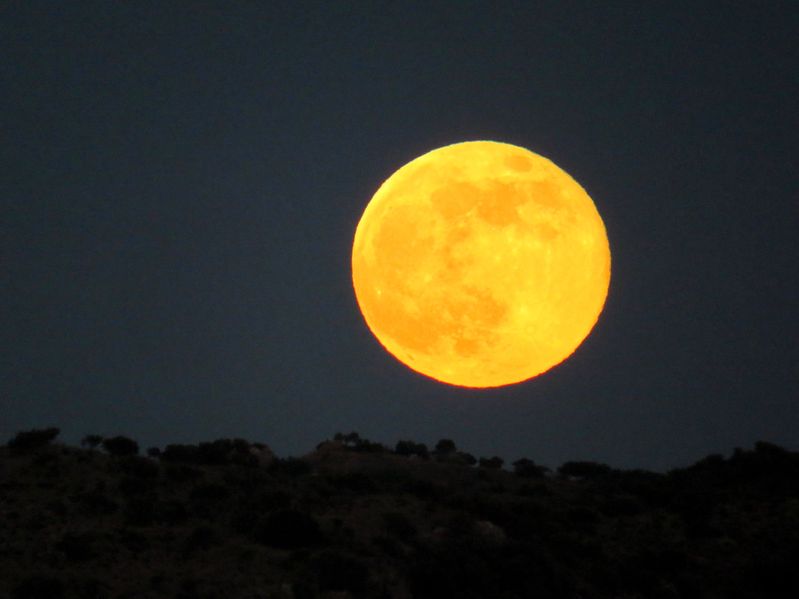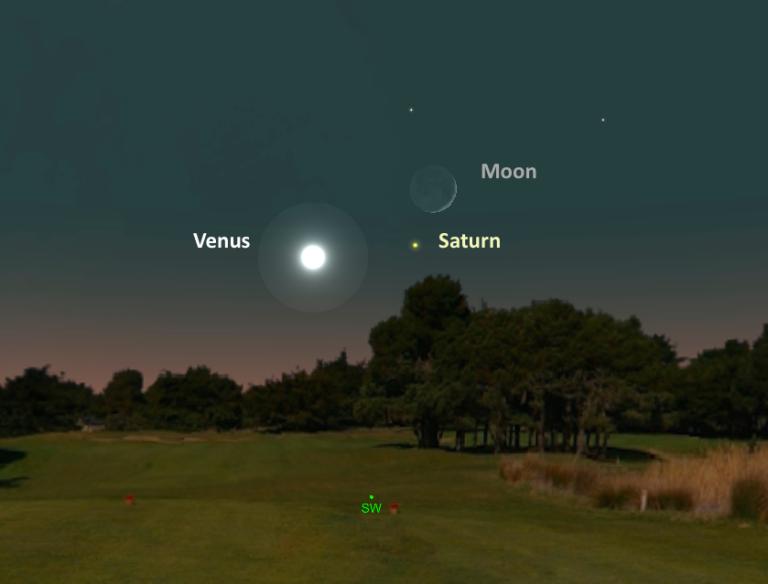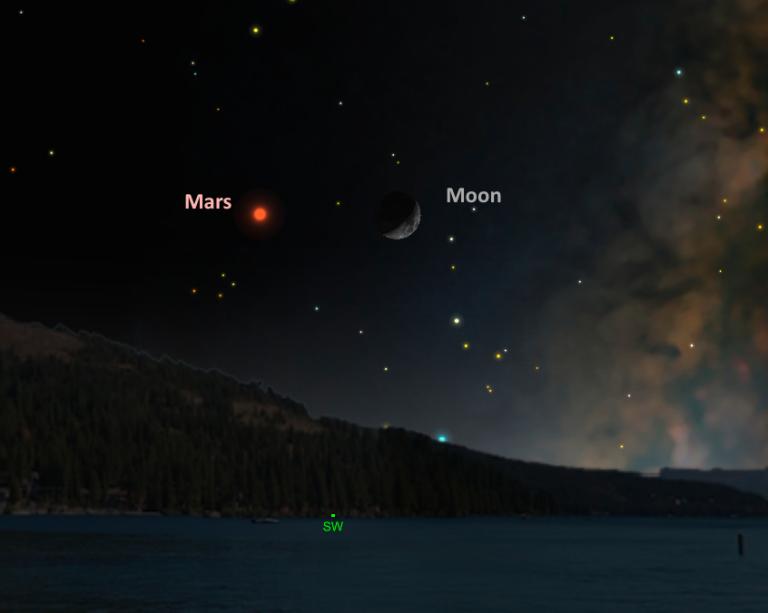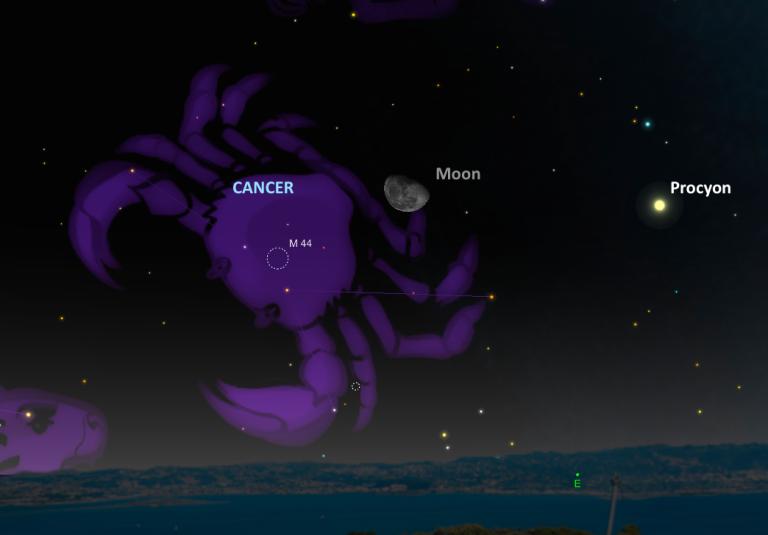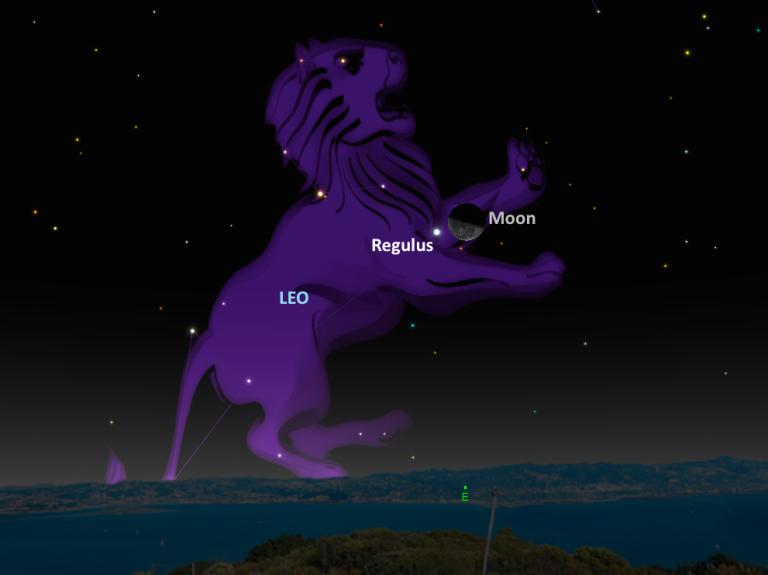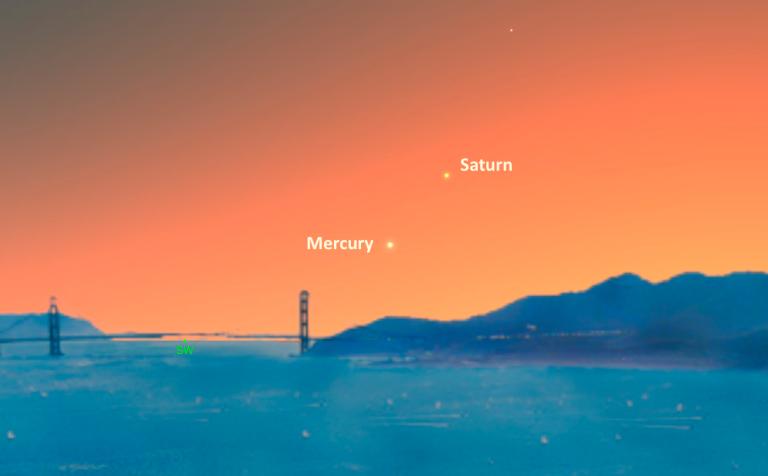Numerous heavenly bodies to dazzle November night sky
November is a good month for sky watchers, thanks to a number of celestial bodies that will be making their appearance on certain days.
Most notable of 10 celestial events for the month is the rise of the most impressive supermoon in almost seven decades. It will be the biggest since 1948, reports the National Geographic.
Article continues after this advertisementNext on the list is the appearance of Saturn underneath a crescent moon on Nov. 2. It was scheduled to appear at about one hour after local sunset. Venus will then join the pair as a super-bright object to their left.
Nov. 5 is reserved for the Moon and Mars. After sunset of this day and the next, the crescent moon will be seen beside the red planet, which can be easily distinguished from the night sky, thanks to its reddish glow.
On Nov. 11, a brilliant Taurid meteor shower will take center stage during late night and the following morning. The meteors will appear to radiate and shower from the constellation of Taurus, hence the name. Watchers away from city lights may see around 10-15 shooting stars per hour with the peak coming in at around 5 a.m. local time on Nov. 11.
Article continues after this advertisementNov. 15 can be comically referred to as a “bull’s eye” as the moon makes its way near to what can be considered as the “eye” of the Taurus constellation. This will be visible in the late nights of Nov. 15 and 16. Sky watchers from the Middle East, Central Asia and Japan will have the best vantage point of seeing the moon eclipse the red giant star Aldebaran, which serves as the bull’s eye.
Another meteor shower dazzles the night sky on Nov. 16. The annual Leonid meteor shower will be visible late at night and into the early hours of the 17th. The best views will be in the early morning hours of the 16th. As many as 10-20 shooting stars may be visible from a dark countryside. Also worth noting is the name of the meteor shower that comes from the constellation Leo, which rises in the east during the predawn hours this time of the year.
Nov. 18 will offer a glimpse into a thousand-star-strong cluster called the Beehive open star cluster. It will be located at the upper right of the moon.
The lion’s heart, also known as the star Regulus and “heart” of the constellation Leo, will come to sit beside the moon during the early hours of Nov. 21 in the southeastern sky. The pair will be stunning even to to the unaided eyes. Their distance will be just a thumb’s width when held at arm’s length.
November 23rd is the time for Mercury to meet up with Saturn. This will be somewhat of a challenge as the two heavenly bodies will only be faintly visible during sunset in the southwest horizon.
Last but not least is the massive Jupiter taking up a spot beside a thin crescent moon on Nov.r 25. The two will be strikingly visible an hour before local sunrise.
